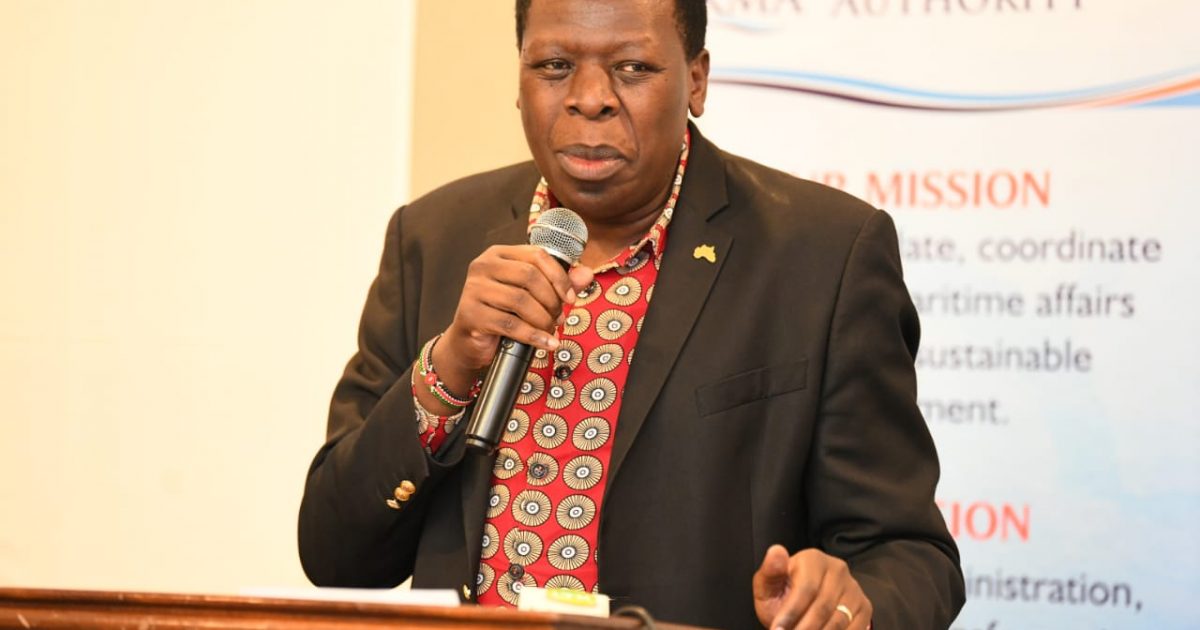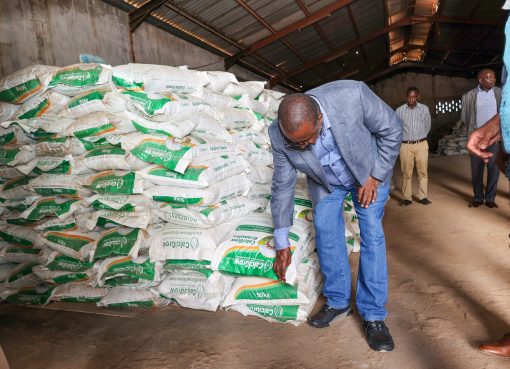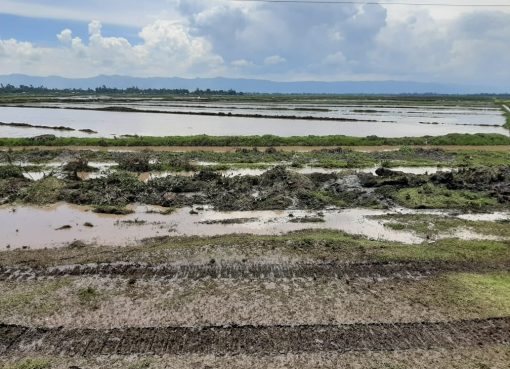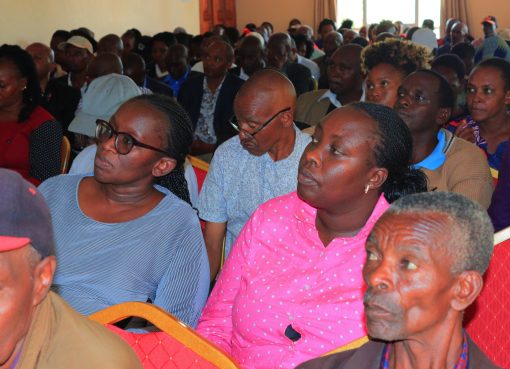A multi-agency action plan has been developed to harness the blue economy opportunities and resources on Lake Victoria.
The five year plan, a collaborative effort among various government agencies, private sector and development partners’ targets to address challenges affecting the lake ecosystem to enhance benefits of its sustainable use.
Speaking today during the launch of the document, Defense Cabinet Secretary (CS) Eugene Wamalwa said the plan spearheaded by the Kenya Maritime Authority (KMA) will give the lake a new lease of life and at the same time improve the livelihoods of thousands of people who directly depend on it.
The plan which has 14 pillars among them protection of water towers, environmental protection and management, climate change adaptation and mitigation, lake transport, fishing and aquaculture was critical in helping the government achieve the big four agenda.
Through the various interventions, the lake region, he added, shall contribute immensely in boosting food security in the country.
“Through these interventions, this region shall be able to produce enough food to feed the rest of the country,” he said.
Protection of water towers, he said, was important to contain drought and shortage of water in the country.
The region which is home to Mau, Mt. Elgon and Cherangany water towers, he said, has witnessed massive degradation adding that the strategic plan targets to restore the environment and ensure sustainable use of natural resources.
The government, he added, was in the process of constructing Koru-Soin Dam to curb flooding on River Nyando which has over the years caused havoc and displaced families.
The dam, he said, was set to increase land on irrigation to double rice production in the area.
Kisumu County Governor Prof. Anyang Nyong’o said the plan was long overdue adding that it will give fresh impetus on the harnessing of available resources in the Lake and its basin.
Revival of the blue economy, he said was an important activity to promote
sustainable use of coastal and inland water resources.
“Blue Economy is a new frontier for economic development in Kenya. It could be an important source of food, energy, medicinal products, recreation and many other raw materials,” he said.
Harnessing the blue economy resources, he said has been faced with major challenges among them fragmented management of the coastal zone and inland lakeshores, lack of capacity and technical know-how, lack of capital, minimal participation by citizens, incoherent benefit sharing regime and biodiversity loss.
“We have also lacked specific policies that would firmly address environmental degradation, overfishing in Lake Victoria and pollution of water bodies,” he said.
By Chris Mahandara





